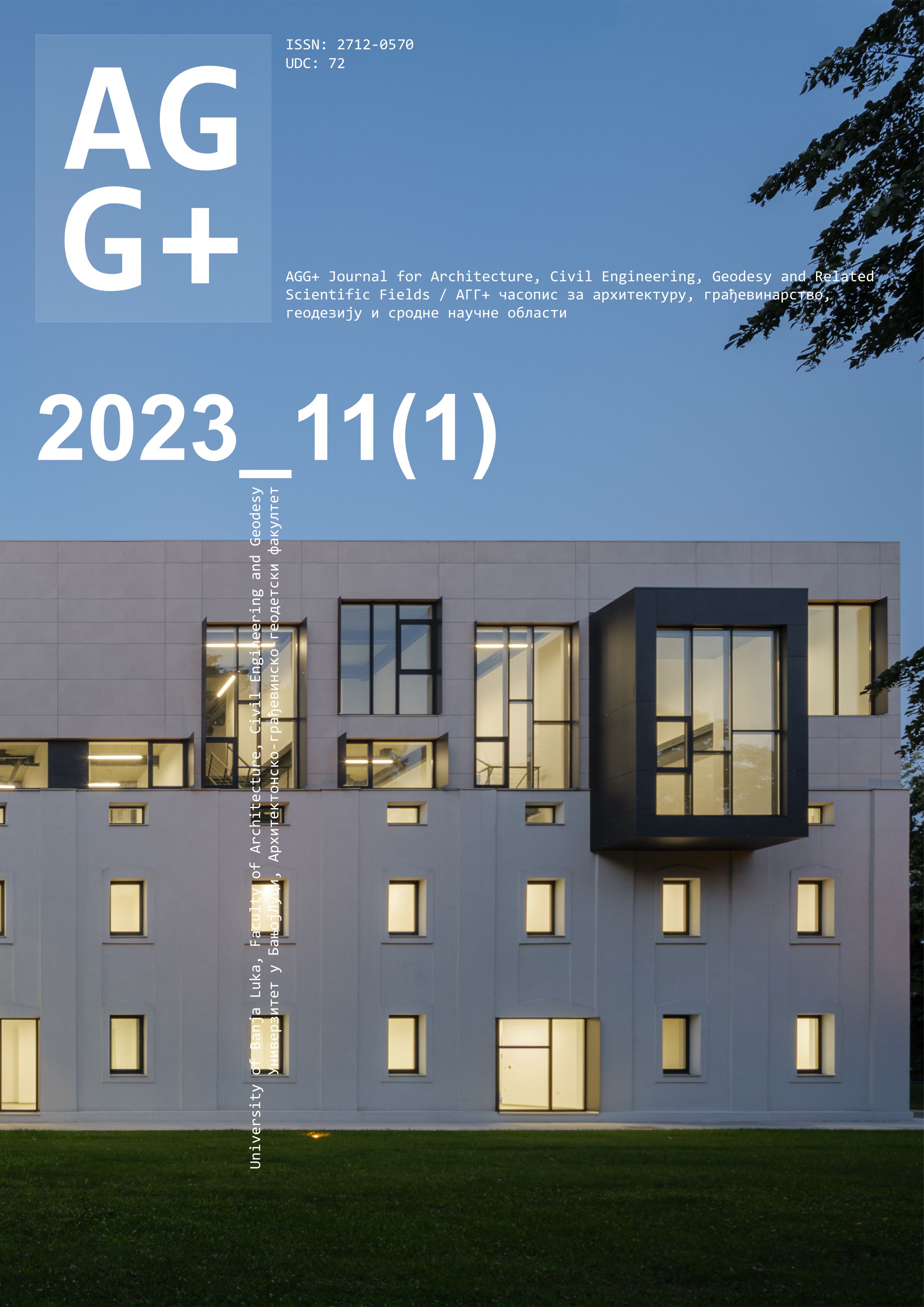Georgian Technical University , Tbilisi , Georgia
Structures supporting the slopes of the foundation pit were installed in a densely built-up city area. Geological studies had been carried out, and based on the conclusion, the design of reinforcing the pit was prepared for the first time along the outer perimeter with interlocked steel piles. Due to the insufficient length (12 m) of the steel pile sheets, additional column constructions were used, which created a spatial supporting frame of the pit, ensuring the stability of the pit’s slopes.

This work is licensed under a Creative Commons Attribution-NonCommercial-ShareAlike 4.0 International License.

The statements, opinions and data contained in the journal are solely those of the individual authors and contributors and not of the publisher and the editor(s). We stay neutral with regard to jurisdictional claims in published maps and institutional affiliations.